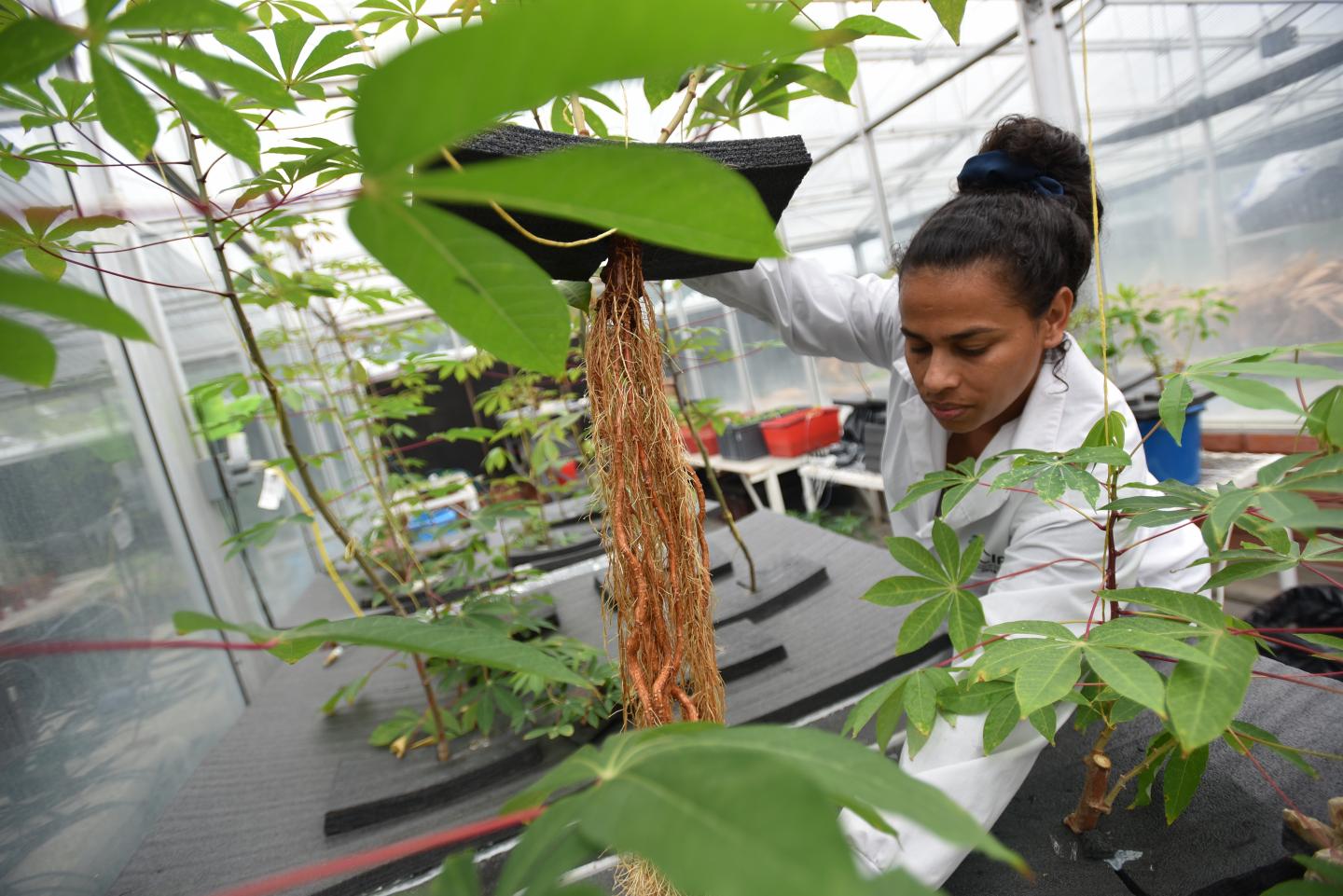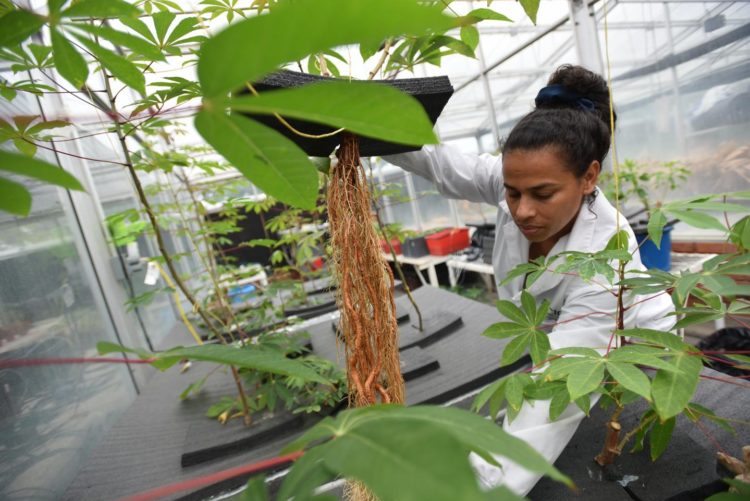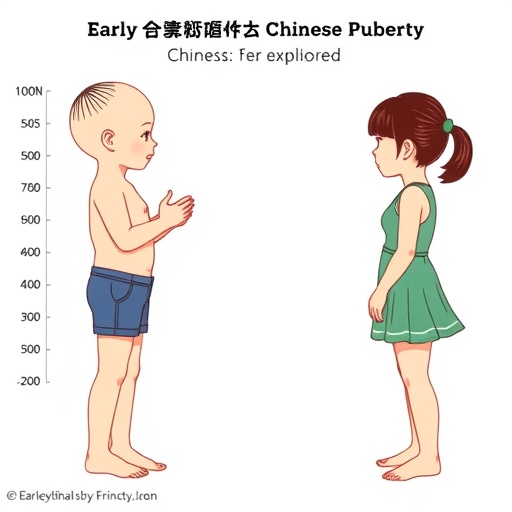Scientists tossed aside the shovel and studied cassava roots as they grew in real-time, suspended in the air. The innovative use of aeroponics may usher in a new era of science for cassava genetic improvement and sustainable intensification

Credit: International Center for Tropical Agriculture
The normal way to study cassava roots is digging up the plant. Unfortunately, that tends to kill the plant, causing serious complications for researchers who are interested in learning more about how cassava grows. To solve this, scientists at the International Center for Tropical Agriculture grew cassava in the air – using a technique called aeroponics – and in doing so removed an obstacle for researchers interested in getting the most out of one of the world’s hardiest staple crops.
Cassava is sometimes considered a “forgotten” crop in the Global North but its bulky root is a staple food for some 800 million people across the globe. It is an important industrial crop in Southeast Asia, where it faces various diseases that are putting cassava-based livelihoods at risk. Scientists and governments are increasingly interested in finding easier ways to conduct research the crop.
There is considerable potential for increasing cassava production for food security and income generation if obstacles to increased production can be overcome. Due to its resilience to drought, heat and poor soil conditions, cassava is already considered an ideal crop for climate change.
“We invested a lot of effort in developing the aeroponics system because we ultimately wanted to know what prompts a root to start swelling,” says Michael Selvaraj, crop physiologist at CIAT and the lead author of the study published in November in Plant Methods. “If we can double the number of storage roots, farmers will be able to harvest twice during the growing season.”
Before aeroponics, scientists mainly relied on destroying a high number of plant roots – a process sometimes referred to as “shovelomics” – to analyze them, which can be expensive and time-consuming.
Recording real-time growth
The aeroponic system gives plant breeders a way to visualize cassava’s root system in its early development stages, helping them effectively select faster-growing varieties. The system, developed by researchers CIAT and the University of Nottingham, could help make the tropical root crop even more popular among farmers and fit for growing at large scale. After maize and rice, cassava is the third-highest provider of crop-sourced calories in tropical countries.
Researchers tested how cassava behaved in three types of growing systems, tracking when the plant started to develop storage roots (which stock up on starch and water), the number of roots and their growth pace. The aeroponic system fed by mist dispensers proved to be the best option — compared to the drip or semi-aeroponic one — allowing the cassava to sprout faster bigger storage roots.
Cassava has complex roots that perform various functions, which had previously limited scientists from performing in-depth studies of the growth of storage roots and phenotyping them. Plant phenotyping for cassava takes into consideration how genetics, environmental pressures, and farming influences root growth and can help breeders select more productive plants.
The aeroponic mist system allowed researchers to observe in real-time how cassava develops storage roots, especially in critical stages of early development. The low-cost system also provides more oxygen to storage roots, boosting their growth and allows researchers to analyze plant samples without destroying the rest of the plant.
A path to faster production
Researchers also studied how auxin, a plant hormone, accelerated the early development of roots when applied to the plants. The findings point to further research that can use aeroponics to help identify the genes that regulate cassava root growth. This has far-reaching implications for genetic improvement, sustainable intensification and the acceleration of the plant’s growth.
Cassava generally has a slow growth cycle, ranging between 8-24 months. Many farmers prefer planting other crops that they can harvest several times a year. But to select plants with traits fostering a quicker growth, breeders need to see how and at what pace cassava develops underground.
“Using the developed aeroponic mist system should help identification of these genes, and ultimately improve yield,” the study concluded.
###
Funding
The study is part of a research project funded by the U.K. Biotechnology and Biological Sciences Research Council [BB/P022790/1] and is a partnership between CIAT and the University of Nottingham’s Computer Vision Laboratory.
Media Contact
Sean Mattson
[email protected]
57-311-784-7652
Related Journal Article
http://dx.





